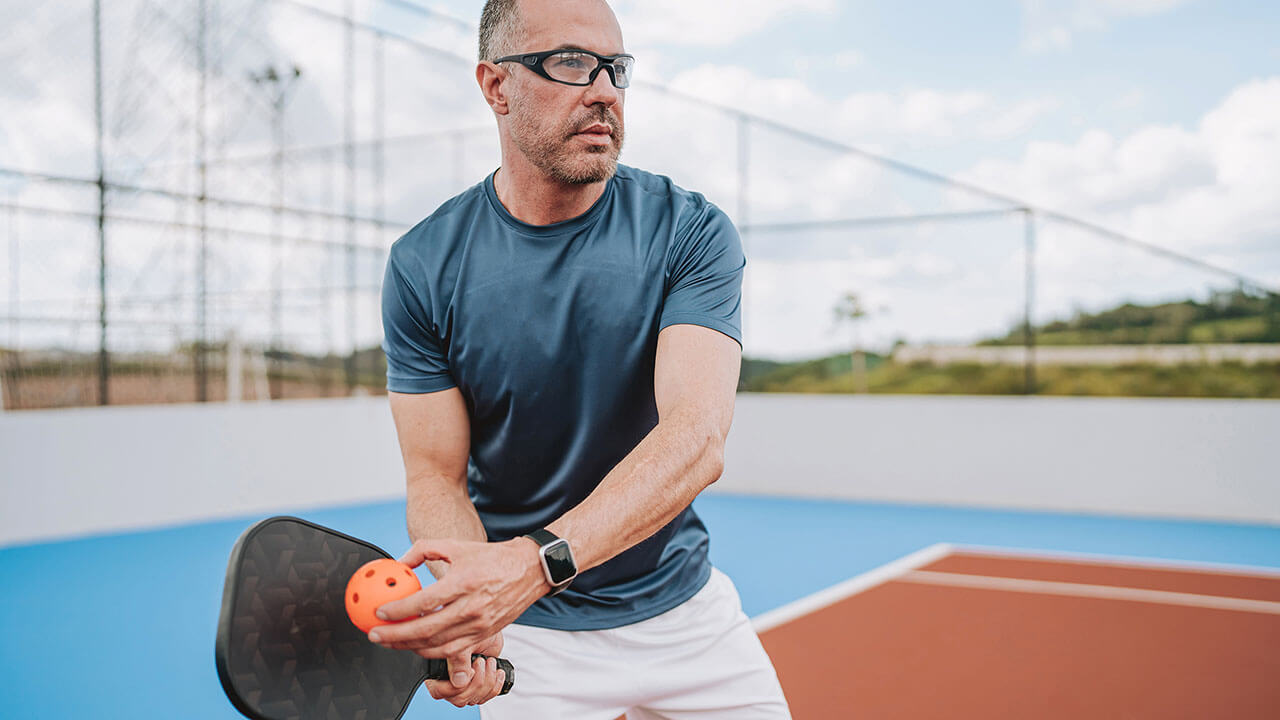

The desire to train without facing an injury is a challenge all runners face while training. No matter how fast or how far you run, it is important to take care of your body in the best ways possible. Here are a few ways to make sure you stay injury free during your training.
The right pair of shoes can make or break your training. Getting a proper shoe fit is critical to reducing many injuries that can happen during training. Everyone’s feet are different and there are many options for running shoes, which can make it difficult to find the right match. To find the best and most proper fitting running shoe, locate a shoe store specializing in running shoes. If you do not have a store like that near you, please check out our guide on what to look for when buying running shoes.
Learn more
While visiting a new area, one of the most important things to have is a map to guide you through new territory. When training, having a training plan is the same thing as having a map to help you get to where you want to be for your next race distance. Having a good training plan makes training enjoyable and easy to manage. It is important to ensure you steadily increase your mileage to reduce injuries from happening. If you increase too quickly, your chance of injury goes up significantly. Here are a couple training plan examples you can use to get you to your next start line.
Proper warm-up and stretching are the keys to staying healthy while preparing for a race. A 5-to-10-minute warm-up prior to your training run is recommended to make sure the body is ready for the miles ahead. Active stretching can be done along with your warm-up and during your cool down after your run. Stretching before and after your run is beneficial in reducing chances of injury and soreness to your muscles and ligaments. To help get you started, we put together a simple warm-up and stretches guide to keep your body moving forward.
Learn more
Having proper running form takes some practice, but it is very helpful with reducing stress and strain on your body. Proper running form contains five parts to concentrate on: balance, cadence, posture, foot strike and arm swing. Working on these areas will not only help you prevent injury while running, but also help you run for longer periods of time. Check out our tips on how to have the perfect running form.
Learn more about running form
Learn more about movement analysis
Many runners think that the more they run, the stronger they become. While there is some truth to this, many of the best runners incorporate strength training and cross training as part of their program. Runners almost always run in one direction, forward, but the body moves in many other patterns that require training to prevent muscle imbalances and other injuries. To help you get started, we compiled ideas on what strength exercises to do and when to add them into your program.
Learn more about strength training
Learn more about cross training
Proper nutrition and hydration are two key components to practice for successful training sessions and higher chances of completing a race. Consuming the appropriate amount of food and fluids while training will help enhance your overall performance and prevent injuries while running. As a runner, it is important to practice healthy nutrition and hydration strategies during your training to ensure you are getting enough of each to help keep you fueled for your race. Check out these articles on proper nutrition and how much you should be hydrating while training.
Learn more about fuel for your body
Learn more about proper hydration
Proper shoe fit
The right pair of shoes can make or break your training. Getting a proper shoe fit is critical to reducing many injuries that can happen during training. Everyone’s feet are different and there are many options for running shoes, which can make it difficult to find the right match. To find the best and most proper fitting running shoe, locate a shoe store specializing in running shoes. If you do not have a store like that near you, please check out our guide on what to look for when buying running shoes. Learn more
Training plan
While visiting a new area, one of the most important things to have is a map to guide you through new territory. When training, having a training plan is the same thing as having a map to help you get to where you want to be for your next race distance. Having a good training plan makes training enjoyable and easy to manage. It is important to ensure you steadily increase your mileage to reduce injuries from happening. If you increase too quickly, your chance of injury goes up significantly. Here are a couple training plan examples you can use to get you to your next start line.
Warmup and stretch
Proper warm-up and stretching are the keys to staying healthy while preparing for a race. A 5-to-10-minute warm-up prior to your training run is recommended to make sure the body is ready for the miles ahead. Active stretching can be done along with your warm-up and during your cool down after your run. Stretching before and after your run is beneficial in reducing chances of injury and soreness to your muscles and ligaments. To help get you started, we put together a simple warm-up and stretches guide to keep your body moving forward. Learn more
Running form
Having proper running form takes some practice, but it is very helpful with reducing stress and strain on your body. Proper running form contains five parts to concentrate on: balance, cadence, posture, foot strike and arm swing. Working on these areas will not only help you prevent injury while running, but also help you run for longer periods of time. Check out our tips on how to have the perfect running form. Learn more about running form
Learn more about movement analysis
Strength training/cross training
Many runners think that the more they run, the stronger they become. While there is some truth to this, many of the best runners incorporate strength training and cross training as part of their program. Runners almost always run in one direction, forward, but the body moves in many other patterns that require training to prevent muscle imbalances and other injuries. To help you get started, we compiled ideas on what strength exercises to do and when to add them into your program. Learn more about strength training
Learn more about cross training
Nutrition and hydration
Proper nutrition and hydration are two key components to practice for successful training sessions and higher chances of completing a race. Consuming the appropriate amount of food and fluids while training will help enhance your overall performance and prevent injuries while running. As a runner, it is important to practice healthy nutrition and hydration strategies during your training to ensure you are getting enough of each to help keep you fueled for your race. Check out these articles on proper nutrition and how much you should be hydrating while training. Learn more about fuel for your body
Learn more about proper hydration



